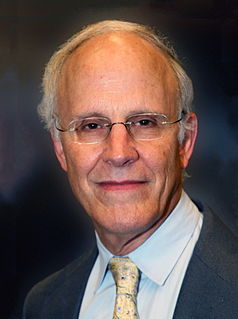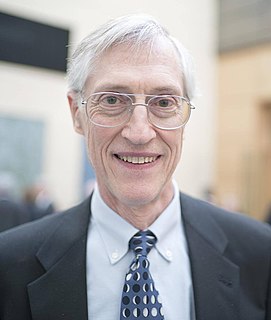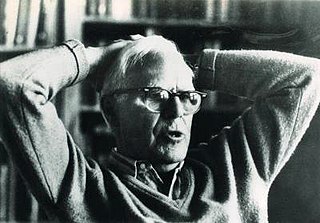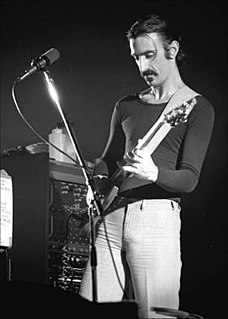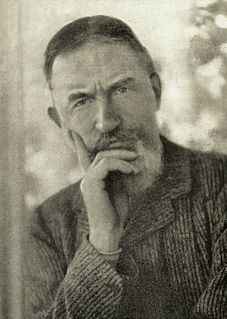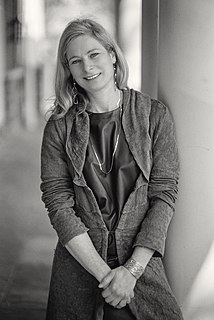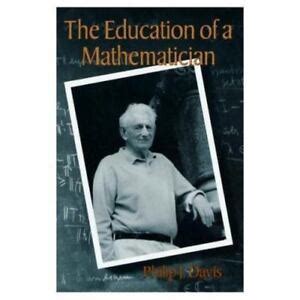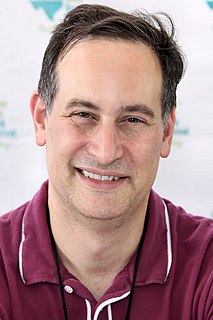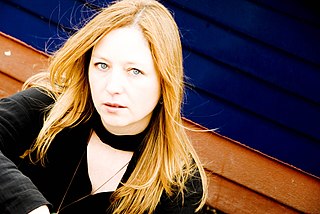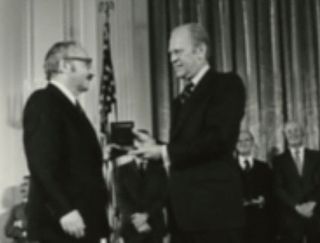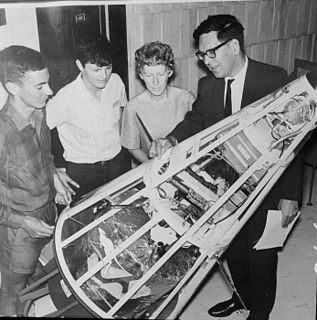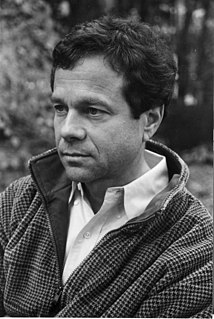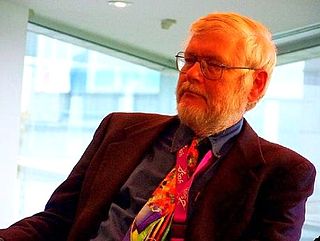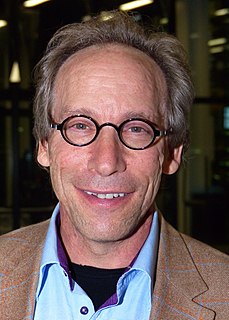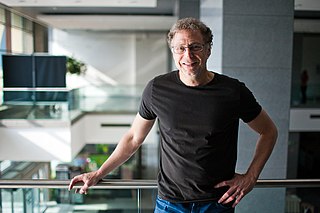A Quote by David Gross
In the lab, we could not see or physically describe the mathematical objects that we called quarks, which we suspected were the key to unlocking the dynamics of the strong force that binds together the clump of protons and neutrons at the center of the atom.
Related Quotes
The mathematics clearly called for a set of underlying elementary objects-at that time we needed three types of them-elementary objects that could be combined three at a time in different ways to make all the heavy particles we knew. ... I needed a name for them and called them quarks, after the taunting cry of the gulls, "Three quarks for Muster mark," from Finnegan's Wake by the Irish writer James Joyce.
We have our religious traditions coming from many thousands of years, and I think to myself, well, you know, if Moses had come down with tablets from the mountain that said, 'And guess what? There are protons and neutrons, and they are made out of quarks,' people wouldn't have understood what he said. So he didn't.
Mathematics is not only real, but it is the only reality. That is that entire universe is made of matter, obviously. And matter is made of particles. It's made of electrons and neutrons and protons. So the entire universe is made out of particles. Now what are the particles made out of They're not made out of anything. The only thing you can say about the reality of an electron is to cite its mathematical properties. So there's a sense in which matter has completely dissolved and what is left is just a mathematical structure.
The epithet beautiful is used by surgeons to describe operations which their patients describe as ghastly, by physicists to describe methods of measurement which leave sentimentalists cold, by lawyers to describe cases which ruin all the parties to them, and by lovers to describe the objects of their infatuation, however unattractive they may appear to the unaffected spectators.
As a man who has devoted his whole life to the most clear headed science, to the study of matter, I can tell you as a result of my research about atoms this much: There is no matter as such. All matter originates and exists only by virtue of a force which brings the particle of an atom to vibration and holds this most minute solar system of the atom together. We must assume behind this force the existence of a conscious and intelligent mind. This mind is the matrix of all matter.
It daunted me that you were so beautiful, that you were so at ease in social situations, as if every room was heliotropic, with you at the center. And I guess it daunted you that I had so many more friends than you, that I could put my words together like this, on paper, and could sometimes conjure a certain sense out of things. The key is to never recognize these imbalances. To not let the dauntingness daunt us.
So if we're all quarks and electrons ..." he begins. What?" We could make love and it would be nothing more than quarks and electrons rubbing together." Better than that," I say. "Nothing really 'rubs together' in the microscopic world. Matter never really touches other matter, so we could make love without any of our atoms touching at all. Remember that electrons sit on the outside of atoms, repelling other electrons. So we could make love and actually repel each other at the same time.
If the system exhibits a structure which can be represented by a mathematical equivalent, called a mathematical model, and if the objective can be also so quantified, then some computational method may be evolved for choosing the best schedule of actions among alternatives. Such use of mathematical models is termed mathematical programming.
If a book were written all in numbers, it would be true. It would be just. Nothing said in words ever came out quite even. Things in words got twisted and ran together, instead of staying straight and fitting together. But underneath the words, at the center, like the center of the Square, it all came out even. Everything could change, yet nothing would be lost. If you saw the numbers you could see that, the balance, the pattern. You saw the foundations of the world. And they were solid.
